How to propagate honeysuckle?

The problem of how to propagate honeysuckle appears among inexperienced gardeners, who appreciated the taste of sweet berries with a peculiar aftertaste. There are different varieties in nature, but not all fruits are edible. Many have heard of wolf berries. Tatar, blue, edible and curly are just a few names from an extensive list. Basically, breeding is carried out for decorative purposes, because of the picturesque flowering in late spring - early summer. White, yellowish, reddish and purple flowers in different varieties are picturesque and delight the owners of the site.
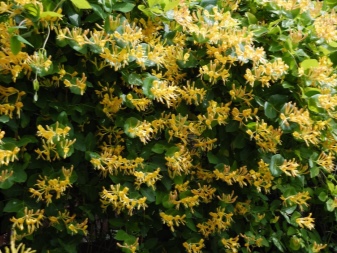

Peculiarities
There are more than 190 types of honeysuckle in the Northern Hemisphere, but mostly blue and curly honeysuckle are bred for decorative purposes, although some other types can be chosen to decorate the site. - from America, Bessarabia, from the Caucasus and Crimea. There are several proven ways to propagate honeysuckle, from generative to vegetative.

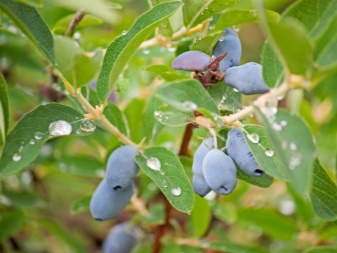
The first is difficult for a novice gardener and takes a long time, therefore it is used mainly in nurseries. The second method has become more widespread.
Garden culture with edible berries is especially popular with Russian gardeners. They are not only tasty, but also have recognized healing properties. Additional bonuses are the plasticity and winter hardiness of the plant. Growing can begin with the purchase of planting material, which should then be transplanted. Vegetative methods preserve the characteristics of the variety of the original, maternal seedling, give excellent survival rate, allow you to rejuvenate plants that have long lived in a garden or summer cottage.
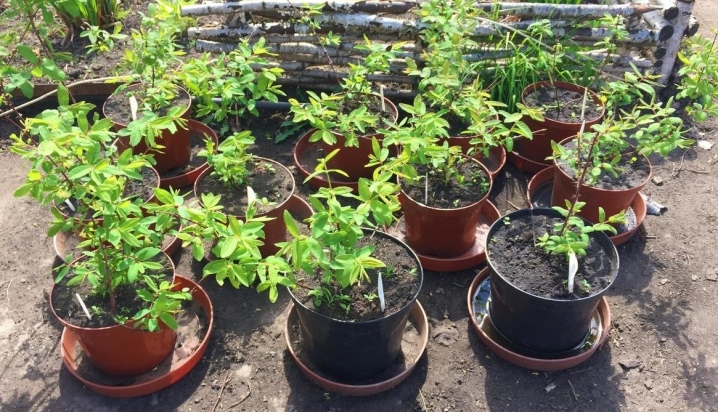
Timing
The breeding time of the culture depends on the method that was chosen.
- When propagating by layering, this is done in the spring, until the buds have time to open.
- In summer, cuttings are used, and this applies not only to edible species, but also to ornamental shrubs. Cuttings are carried out after flowering and until the trees begin to shed their foliage.
- After the foliage is shed, the plant is propagated by division. This method can be used in early spring, while the buds are not yet swollen.

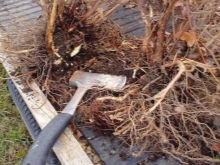
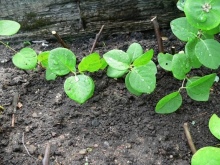
Autumn procedures are limited by the onset of cold weather. Cutting and dividing should take place a certain time before the cold comes into its own. Otherwise, the plantings will not have time to take root and will die in winter.
You can find recommendations to choose the timing not only according to the method used, but also according to the region of residence.
Reproduction methods
At the service of people who want to breed honeysuckle, there are several ways that you can use. The choice depends on what seed is available. Layers can be earthen and airy (there are varieties in which the lower branches cannot be bent). The division of the uterine bush can only be carried out at a certain age.
To obtain green cuttings, it is necessary to have a strong bush without diseases, with powerful annual shoots, on which there must be a certain number of internodes. The cutting is carried out so that the donor is not injured. This means that you need to carefully bare even a strong plant, and with very young it is better not to experiment or cut with extreme caution.
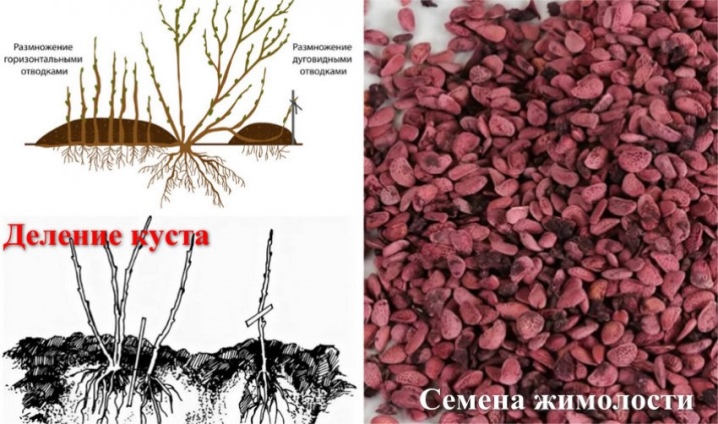
By cuttings
Honeysuckle, which is already growing on the site, is propagated in this way. The benefit of planting material for him is a lot - green and lignified shoots, the set time of which for reproduction is variable, as is the amount possible for taking.
- One-year-old shoots are cut with greens, and it is no coincidence - this segment of the plant is in active growth, is viable, a large amount of nutrients and active compounds are directed to it.
- Spring timing - after the snow melts or after the end of flowering (in May-June, depending on the region of residence), it is also not accidental.
- Supplying branches activates before the start of the fruit ovary. Green cuttings are the most popular breeding method. They have an accelerated survival rate and roots quickly appear.
- In different sources you can find statements that the method is applied only in spring or throughout the growing season. The twigs are stuck into the soil mixture or germinated in water.

There is no such disagreement in the use of lignified cuttings. This is a method proven over decades, for the success of which the main thing is to choose cuttings that are not too old, no longer able to take root.
They should be stored in suitable conditions - wrapping them in a damp natural cloth, lowering them into the basement or cellar (you can do this at home or leave them in the country), dropping them in the sand.
Before planting, they are germinated and only after that they are placed in the open field or at home, before the onset of the warm period. The mother material removed from the storage location can be cut into pieces, this will provide more raw material for rooting.

Taps
Reproduction by layering is considered a productive method, unlike other common methods, which gives 100% result. If you bend a strong lower shoot to the soil, pin it at several points, and raise the top of the head, you can get material for planting. The only drawback of the method is the need to periodically look after (moisturize, huddle during the warm period) and the ability to separate it only for the next year.
This method does not apply if the variety is characterized by fragile branches. Some species do not have shoots that can be bent to the soil. Air layering helps to solve the problem. To do this, an incision is made on the stem and this place is placed in any, lightweight container with the added nutrient solution. It is periodically replenished, until the roots appear, and then the finished seedling is cut and planted. The sprout obtained in this way requires careful attitude, but it can be planted not next spring, but during the warm period.
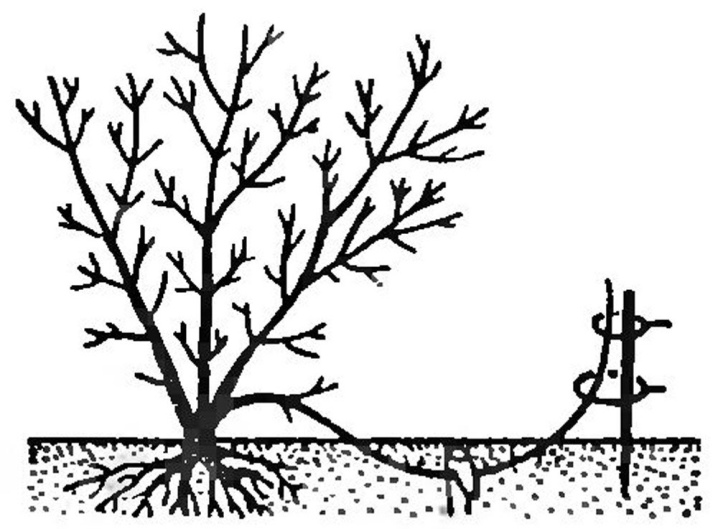
By dividing the bush
A common way to plant both edible and decorative honeysuckle, some gardeners consider it the simplest and most affordable method. However, it requires certain skills and abilities, the presence of a strong bush, not older than 6 and not younger than 3 years old, which has skeletal branches. No special preparations, except for early spring hilling, are required. The best time to spend is considered early spring, after the snow melts and the soil thaws. Sometimes it is carried out in early autumn, but this method is good in places where there is still no frost in September.
An advantage can be considered the ability to get the required number of potential seedlings in one event. However, if there is only one bush on the site, and the gardener has not done this before, certain problems may arise. Required:
- exceptionally correct division of roots;
- ash processing of cuts;
- the correct timing for the division procedure.

In spring, the plant has a better chance of establishing roots than in autumn, especially in temperate or temperate continental climates, with its unpredictable weather conditions.
Root offspring
The second name is growing by root shoots. The best time for this is spring or autumn.For this, strong shoots are separated from the bush along with part of their root system. It is possible to take a shoot for planting for this breeding method only from a bush where there is a root shoot. Gardeners note that little material for planting can be obtained in this way, but it is always of good quality and ready for immediate use.
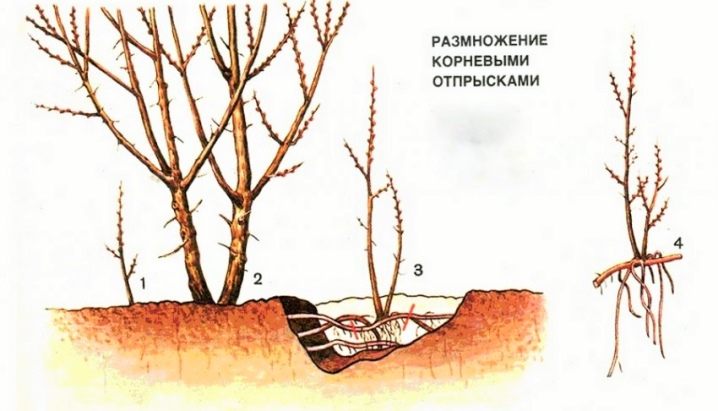
Seeds
With this method, edible honeysuckle begins to bear fruit after a few years, but there is a proven method to speed up the future harvest - seedlings. There are few people who want to engage in generative reproduction on their own plot, and not so much because of the duration and painstaking of the method used, but because of possible errors and consequences. Let's list some of them:
- the plant may not retain the properties of the source due to cross-pollination (a wild form will grow);
- the seedling may die due to premature transplantation into the soil;
- the obtained seed material turned out to be of poor quality, harvested ahead of time.
With any chosen method, the main condition for success is called high-quality planting material - seeds, strong and healthy bushes, without pests and diseases. You can find tips to plant several varieties at once (this way they grow more actively).
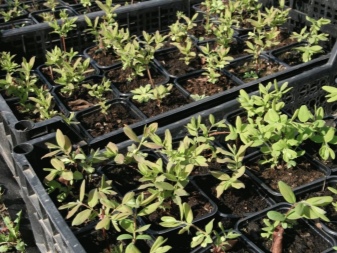
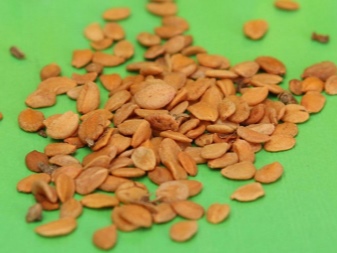
There are planting methods that can only be used under certain conditions - they are possible, but the plant itself creates a suitable planting material.
Site selection and soil preparation
Experts recommend periodic honeysuckle transplants. This allows you to rejuvenate an ornamental or edible plant, make the berries larger, better quality and sweeter. A good harvest can be obtained by planting several varieties for cross-pollination. In a transplant, you also need to observe important conditions, knowledge of which comes with experience or after studying special sources:
- the place should not be exposed to wind or drafts;
- the best solution is a sunny area on the leeward side;
- the soil for planting is suitable only when heated by weather conditions;
- subsequent care depends on the breeding method;
- Properly prepared soil is important, but despite claims that honeysuckle loves loam, it normally accepts any type of soil.

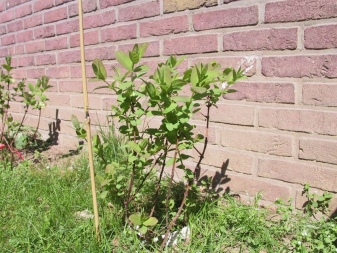
Compost, ash or lime (not very much), as well as superphosphate and potassium are added to the soil. You can use a combination fertilizer purchased from a specialty store. Spilling and mulching is necessary to retain moisture and prevent overheating of the root system. The recommended pit size is 50x50 cm, but it can be varied according to the size of the roots.
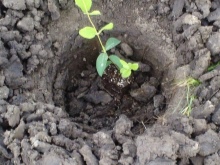
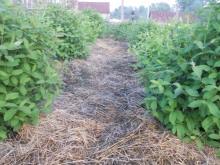
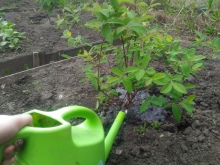
Compliance with the distance (at least one and a half meters) is mandatory, but the bushes are usually planted side by side, on the same plot of land, in order to get cross-pollination.
Recommendations
To grow honeysuckle, you need to follow all of the above tips. They depend on the chosen breeding method. Hedges, fruit shrubs or seedlings at home should be properly treated, watered and fertilized.


Young plants need to be sheltered from the cold (spruce branches are an ideal solution), remove weeds and mulch, and take preventive measures. It is necessary to huddle plants not only for the first three seasons, but also throughout life. In return, the gardener will receive a beautiful bloom with a unique aroma, delicious berries with valuable ingredients.
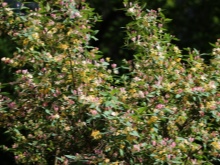
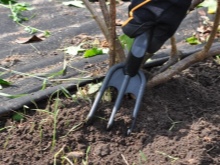
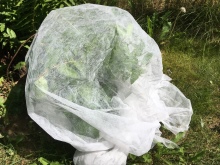












The comment was sent successfully.